10 Tips for On Page SEO in 2022
For 2022, on-page SEO is all about combining SEO best practices with newer strategies that help your web pages meet the quality signals Google crawlers are looking for.
For those who want to leverage their web content to rank higher in search results this year, on-page SEO is one of the most affordable, effective SEO strategies that digital marketers can implement. In addition to on-page SEO best practices, the below on-page SEO tips can help digital marketers level up their keyword rankings and organic clicks in 2022.
What is On-Page SEO?
On-page SEO is the process of optimizing web content to rank in search engines. The on-page SEO process encompasses keyword research, SEO copywriting, meta tag optimization, page experience, and more.
Site owners who implement on-page SEO across their web pages will likely see more keyword rankings and higher ranking positions for valuable keywords in their industry.
What’s Different about On-Page SEO in 2022 compared to 2021?
Although the best practices of on-page SEO for the most part remain the same, search engine technology grows more advanced every year, changing the way we execute optimization across our web pages.
For 2022, there are some key updates that site owners should be aware of so they can leverage them to achieve higher rankings and organic traffic.
Here are some of the top SEO trends for 2022:
- People also ask: A recent study showed that Google’s “People also ask,” feature now shows up for approximately 48.6% of all searches, and often above position 1.
- Core Web Vitals: Since the Page Experience update, Core Web Vitals are officially a Google ranking factor. Fast-loading, responsive web pages now perform better in the SERPs
- AI Copy Generation: More SEO software engineers are incorporating GPT-3 into their tools and applications to help content marketers create SEO content more quickly and at scale.
- Keyword Clusters: It’s estimated that Google processes over 63,000 keyword searches a second. There are hundreds to thousands of ways that users are searching, and keyword clustering is a more effective strategy for getting a web page to rank for all of those variations.
The Best On-Page SEO Tips for 2022
For 2022, on-page SEO is all about combining SEO best practices with newer strategies that help your web pages meet the quality signals Google crawlers are looking for.
1. Make Core Web Vitals Top Priority
Last summer, Google rolled out one of the largest algorithm updates in years — the Page Experience Update. In addition to security, mobile-usability, and page speed, Google considers a web page’s Core Web Vitals when ranking content.
Although load times and speed have not traditionally been viewed as “on-page seo” priorities, the reality is, a web page with high-quality content doesn’t mean much if it takes too long to load or items shift while the user scrolls or clicks.
Optimizing Core Web Vitals should now be a part of your fundamental SEO practice. To get a better understanding of where your web pages stand, use the Site Auditor tool in GSC Insights, or run your pages through Google’s PageSpeed Insights tool
2. Answer Common Questions
A recent study of 2.5 million search queries showed that Google’s “People also ask” feature now shows up for about 48.6% of searches.
With its prominent placement at the top of the SERP results (and often above position 1), getting your content ranking in this coveted feature is the next great way to improve site visibility and generate organic clicks.
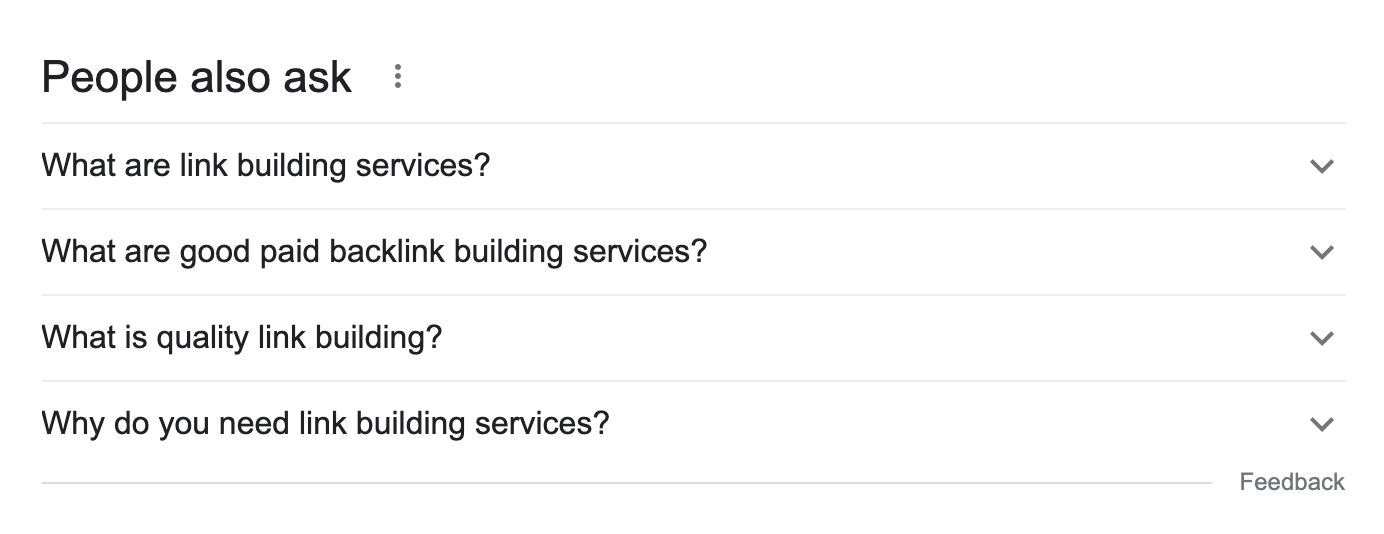
To get there, your writing team needs to provide answers to common questions in your content. Utilize questions in your h2s-h6s, and make sure your answers are detailed and comprehensive.
By providing answers to those questions on the page, your content can show up at the top of page one, even if your traditional SERP result appears lower on the page (or even sometimes on page 2)!
Watch this tutorial on how to optimize for People also ask using the SEO Content Assistant.
3. Use Content Optimization Software
With more advanced natural language processing technology, Google is not just looking for your target keywords on the page anymore.
Crawlers are looking for related terms, subtopics, synonyms, and other semantic SEO signals. Original insight an analysis, topical-depth, and expert authorship are also quality signals that can help improve the ranking potential of content.
To better meet all these signals, a content optimizer tool like the SEO Content Assistant can give you the “cheat codes,” to better ranking content. The tool recommends Focus Terms, outbound links, word count, and can even generate content using GPT-3 technology.
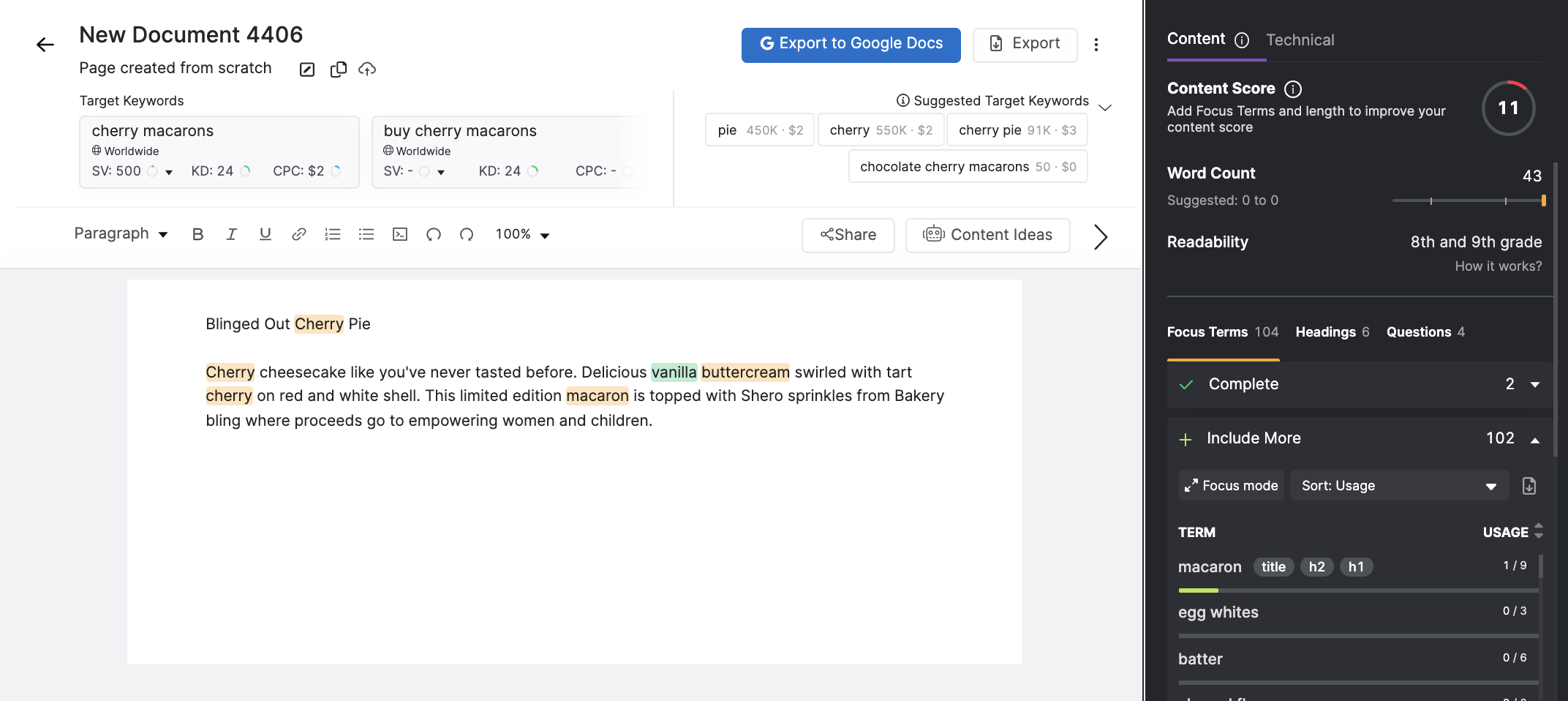
4. Leverage AI-Powered Content Generation
With GPT-3 now widely available, more software engineers are incorporating this powerful NLP model into their applications. That means you are not only competing with the content writers of your competitors, but the robots they may be utilizing to help generate more content, more quickly, than you.
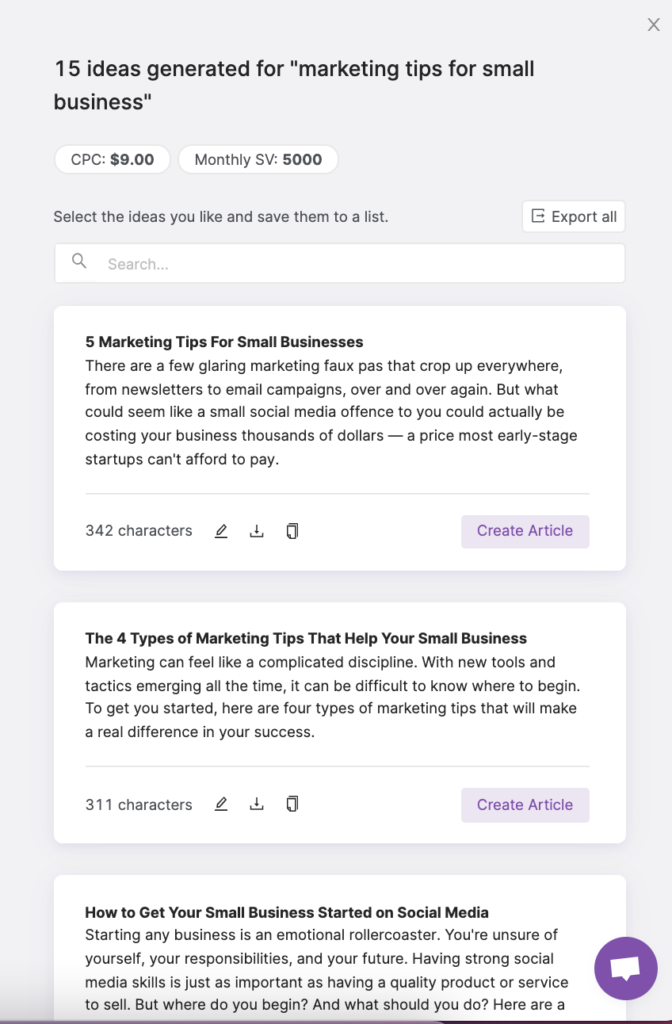
AI copywriting tools still have some way to go before replacing our writers entirely. Also, some tools are far better than others. Still, content marketing teams are already using these tools to speed up ideation, outlining, drafting, and on-page SEO optimization so they can scale up their content development.
Those brands that leverage these technologies, but still keep the human touch, are likely to scale up their SEO content strategy quickly this year.
5. Write Longer Content
Although not officially a Google ranking factor, there is a strong relationship between longer content and higher ranking positions. By improving the topical depth and length of your content, you can signal Google higher quality and more comprehensive exploration of the content.
How long should your content be? There is no magic number, but tools like the SEO Content Assistant will suggest a target word count based on the top ranking content for your target keywords.

6. Review your Content on Mobile
More searches are completed from mobile devices than desktop. That’s why search engines are now prioritizing content by what best suits their predominantly mobile user-base.
To rank better in today’s mobile-first world, you need to be focusing on how your content serves mobile users (even if your current site traffic is predominantly desktop users).
The first place to check for mobile usability issues is within your own Google Search Console. These are issues that Google has already flagged for your site, which means Google is already factoring “mobile usability issues” into your search rankings.
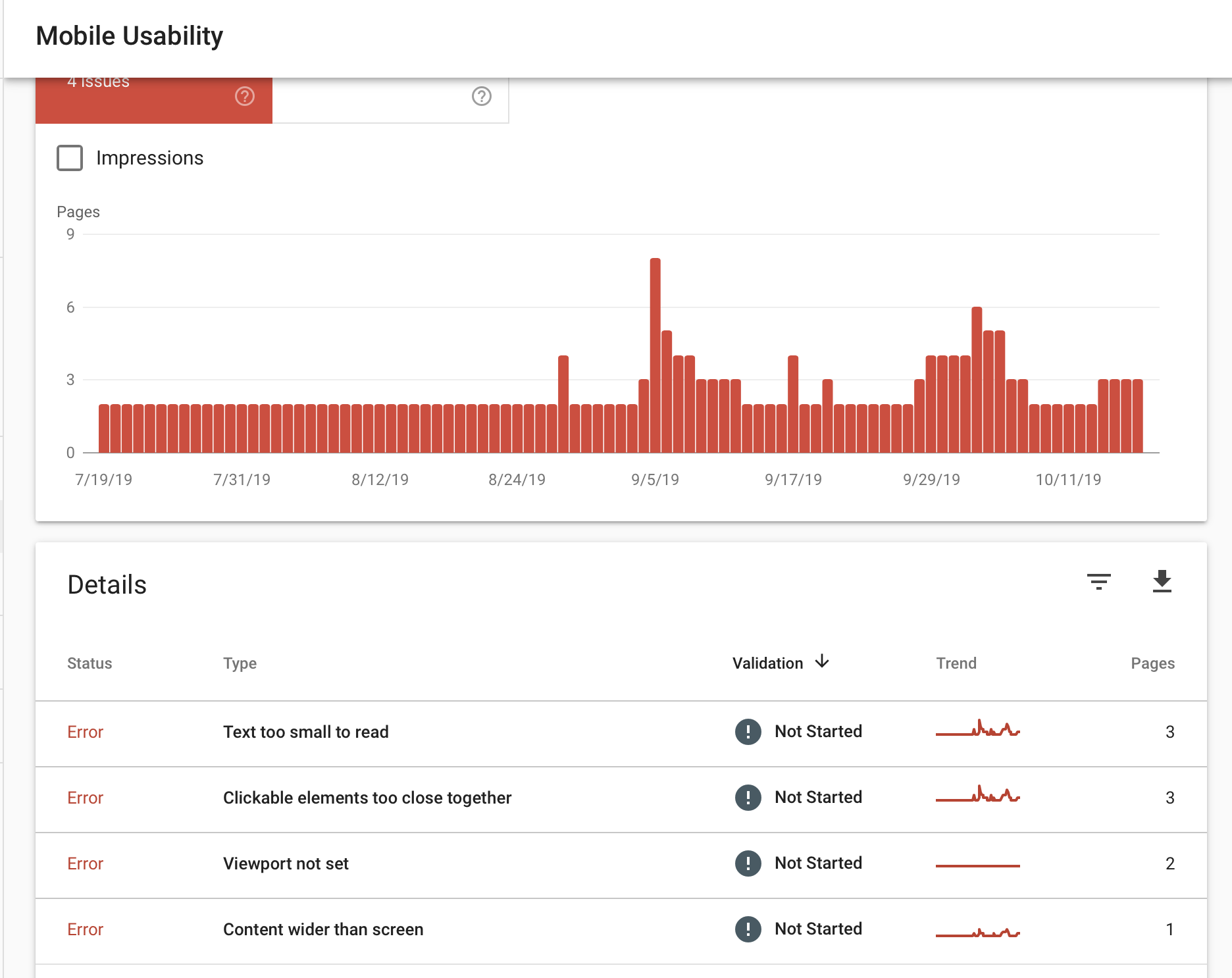
Here are things to look for:
- Are images and assets fitting on the screen?
- Are images and assets resizing appropriately for the screen size?
- Can users easily access all of the page content?
- Is the page short enough to scroll through easily?
- Are large/unnecessary page elements taking up all the space?
- Does the user have to scroll and scroll and scroll to get through the page?
- Are any page elements overlapping in a way that hinders the user viewing content?
- Do you have huge blocks of unbroken text?
- Does the design still look clean?
What you can do:
- Get the user to relevant content faster
- Hide unnecessary images on mobile
- Reduce the font size of headers on mobile
- Move important content to the top of the page
- Add jump links for longer content
- Make content easier to view/read on a smaller device
- Make sure images and graphics are resizing responsively
- Adjust your navigation so mobile users can see all options
- Break up text into 2-3 sentence blocks
- Use more whitespace!
- Increase tap areas so it’s easier to scroll to relevant content
- Use a sticky nav so users can always find a “next step” if they get stuck
For more information on mobile SEO check out our Comprehensive Guide to Mobile SEO.
7. Use More Rich Media
Mobile users spend heavy portions of their time on social media feeds, YouTube, and Apps. There are all beautifully designed platforms heavy on visuals and multimedia content.
Multi-media keeps people scrolling, conveys concepts at-a-glance, and helps users interact more fully with content. Multi-media makes blog and page content more engaging.
With images and video pulling in at the top of SERPs now, that content is yet another way to get onto the first page.
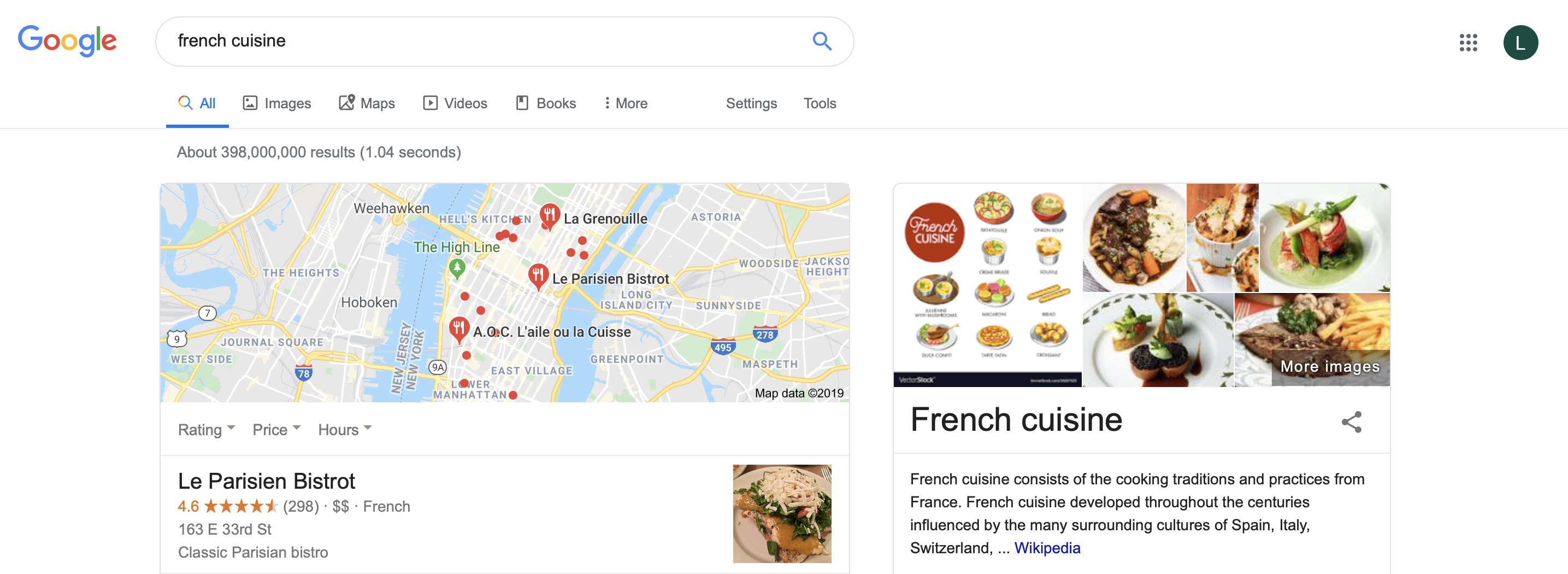
8. Meet the User’s Search Intent
BERT helped Google better understand the intent behind search queries and launched at the end of October 2019. BERT-related refreshes and advancements still matter in 2022.
As Google continually refines its understanding of the intent behind search queries it will be serving better results, especially for long-tail queries and never-before-seen queries. This means that you should be hyper-focused on creating content that helps a user find the product, service, information, or entertainment that they’re looking for with a search.
To learn more about recognizing search intent, and indicators for informational vs. commercial oriented keywords, take a look at our What are Keywords in SEO Guide.
9. Write for Humans and Robots
Readability is understood differently by SEO professionals. In general, though, simpler sentences are easier to read and less prone to grammatical errors. In voice search specifically, Google avoids overly-complex language.
It is much easier to understand a badly formulated written answer than an ungrammatical spoken answer, so more care has to be placed in ensuring grammatical correctness.
Keeping your sentences simple can also make your content more accessible to a wider range of users. Although SaaS, software, or technologies companies may have more technical content by nature of their products of service offerings, it’s still important to write in a way that is not too academic or jargon-ridden.
A survey of 15,000 searches across 3 device types found the average reading level for voice responses was 8th grade. For reference, Harry Potter is about the same reading level.
10. Link Strategically
Google pays attention to what resources you share with your users. As Google puts it, outbound links matter because they:
- Show that you’ve done your research and have expertise in the subject manner
- Make visitors want to come back for more analysis on future topics
- Build relationships with other domain experts. For example, sending visitors can get you on the radar of other successful bloggers and begin a business relationship.
“Link Neighborhood” is a term coined by the SEO community. It refers to the type of sites that you link out to, and the type of sites that link back to you, and how they link to each other.
For example, if you were to look at the “link neighborhood” for a celebrity site, you’d probably see a lot of streets to gossip magazines, social media groups, fan sites, and concert venues. If you were to look at the “link neighborhood” for an MIT lab, you might see a lot of streets going to scientific publications, tech news, grant organizations, etc.
Internal links also matter because they keep users navigating across your site. Also, they help crawlers understand your site hierarchy, and spread PageRank across your web pages.
Link neighborhoods help give context for the topical focus of a site, and the relative authority of a site; is harvard.edu linking to the site, or is bestcrystalsforhealing.com linking to the site?
Your link neighborhood is a combination of your outbound links and inbound links coming back to your site and web pages.
Recap: Tips for On Page SEO in 2022
- Make Core Web Vitals Top Priority
- Answer Common Questions
- Use Content Optimization Software
- Leverage AI-Generated Content
- Write Longer Content
- Review your Content on Mobile
- Use More Rich Media
- Meet the User’s Search Intent
- Write for Humans and Robots
- Link Strategically

















































































